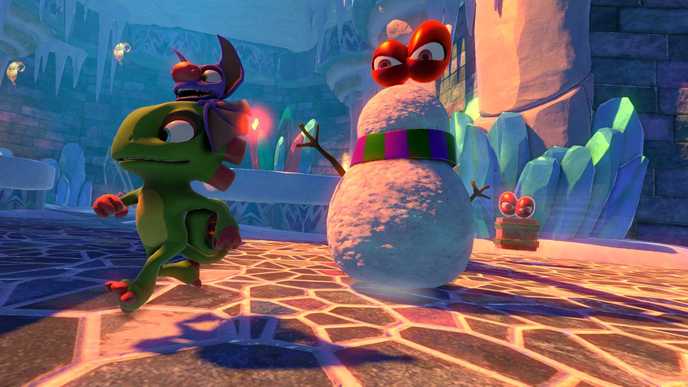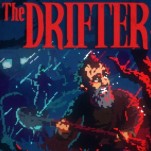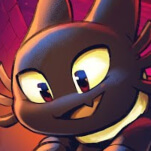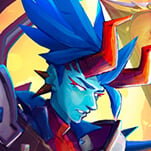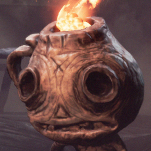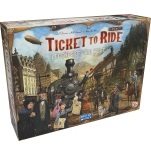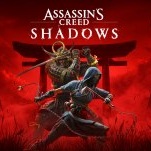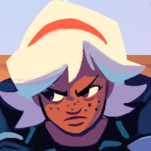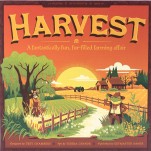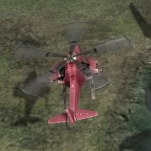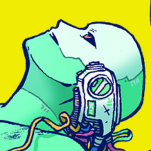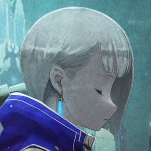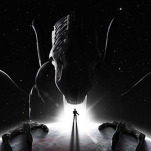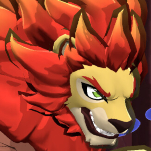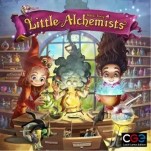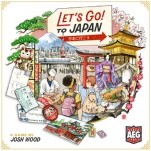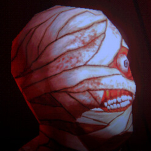Yooka-Laylee Revives the Past, For Better and Worse
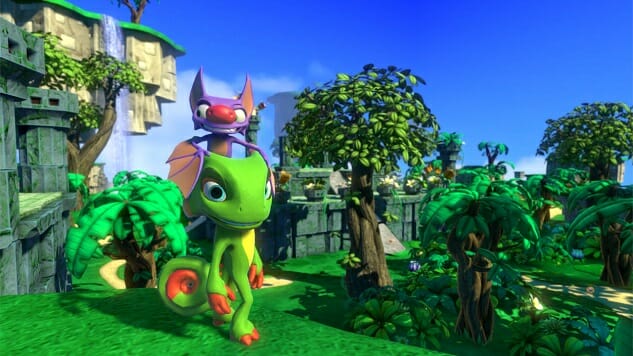
Yooka-Laylee is a kickstarter success story. The project made its initial goal in thirty-eight minutes and raised over a million pounds sterling in twenty-four hours. Playtronic Games’ pitch for the project was simple: a faithful successor to the Banjo-Kazooie franchise developed by former Rare employees who had been involved in the making of the original two games. After Banjo-Tooie was released in 2000, every game the iconic characters appeared in were spin-offs or remasters. The desire for a revival likely came from not just the fondness for these classic games but also from a degree of disappointment in the prior attempt to modernize the Banjo-Kazooie collect-a-thon style in Banjo-Kazooie Nuts & Bolts. Yooka-Laylee is an unapologetic throwback that replaces the bird and the bear with a bat and an iguana and keeps almost everything else the same. It is a time-capsule with a new paint job that captures the strengths and weaknesses of its inspiration.
Yooka-Laylee tasks the player with collecting enough “pagies” (the new jiggies) to climb through Hivory Towers and face the villainous Capital B. Before the player enters the first of the game’s worlds they are introduced to a blend of bright colors, cartoonish characters, and a familiar if immature sense of humor. Yooka and Laylee, the game’s playable duo, meet a snake named Trowzer who sells them their first technique. There are many more jokes like that. There are good jokes, too, but time has not been kind to the hit-or-miss approach of puns and barely-even-innuendos from the Nintendo 64 era of Rare games. Still, a bad joke or two can be tolerated if it means getting to enjoy the game’s vivid cartoon aesthetic. This is not just clear in the vibrancy of colors, or the way particle effects add detail—ice sparkles with light, Yooka the chameleon’s skin glows like fire after he eats smoldering coals, and pagies glimmer like gold—but the visual themes for each of the game’s levels feel more defined. After the novelty of exploring them wears out these areas still feel different from each other aesthetically, and these differences are worth appreciating. The game’s style both enriches it and dates it.
The paradox of being a throw-back winds throughout Yooka-Laylee’s DNA. It controls like a smoother version of a game from twenty years ago, with the familiar joys of completing races, obstacle courses and puzzles. The soundtrack, composed by David Wise, Steve Burke and Grant Kirkhope, is brimming with atmosphere and sentiment. The worlds the player unlocks become more and more fantastic, with a final level that would fit into Super Mario Galaxy. Even navigating the hub world becomes more fun as the player buys more abilities from Trowzer. Unfortunately, Yooka-Laylee also imitates frustrations that are remarkably distant from modern games. Some of these result from technology, like dealing with a rigid and difficult third person camera. Others are hold-over design choices found inside its inspirations.
-

-

-

-

-

-

-

-

-

-

-

-

-

-

-

-

-

-

-

-

-

-

-

-

-

-

-

-

-

-

-

-

-

-

-

-

-

-

-

-

